I am at Heathrow, returning from the UK and the POEM Conference, hosted by Middlesex University. First international trip since the pandemic and it’s great to get out and about again!
The nature of “Enterprise” has changed from the simplistic company or organisation to diverse concepts, including:
A legal entity
A commercial, government or not for profit entity
An extended value chain of partners and potentially, customers
A project to bring about some desired change
A value adding operating model, possibly including algorithms,AI and platforms that deliver value
Which can pretty much be summarised/abstracted as “any coordinated effort that results in value delivery”.
The activity of modelling is also under the spotlight, changing and being asked to justify its existence. With the speed of business change and the promotion of agile approaches, modelling is often pushed aside, regarded as old fashioned or not adding sufficient value. Of course, many of these projects and transformations subsequently come to rue that decision. Nevertheless, I was pleased to see a recurring emphasis at the conference on ROME, i.e. Return on Modelling Effort.
ROME looks at who models are for (stakeholders), what they are intended to achieve (goals, e.g. understanding, insight, consensus, decision support, design) and how effective and efficient they are in achieving that. We look for techniques to improve the value of models, including:
Properly understanding stakeholders, concerns, goals & domain of interest
Choosing, adapting or designing modelling languages and notations to suit the problems, domain, process and stakeholder goals and capabilities
Improving efficiency and reducing effort by using automated information gathering (e.g. mining), inferencing algorithms, effective notations that exploit human visual and cognitive capabilities
Tools that support design of modelling languages, importation/capture of relevant data, analysis, visualization, design, verification, collaboration in effective and efficient ways
Many of the presentations at the conference addressed these issues.
Other themes which were prominent and recurrent were Digital Twins and Ontologies.
Use of ontologies (and confusion over their definition!) has increased substantially. Part of the confusion arises from the use of the term in philosophy (for centuries) where it is about the existence and nature of things versus its use in computer science where it is used to mean the concepts, properties describing them, and relationships between them (in other words a domain or meta model).
Good ontologies can underpin modelling languages and models, making them more consistent, meaningful, rigorous and effective in promoting interoperability. Taxonomies (expected categories of instances in the ontology) can also accelerate data gathering, help to find redundancies and gaps. Obviously, this can improve ROME.


